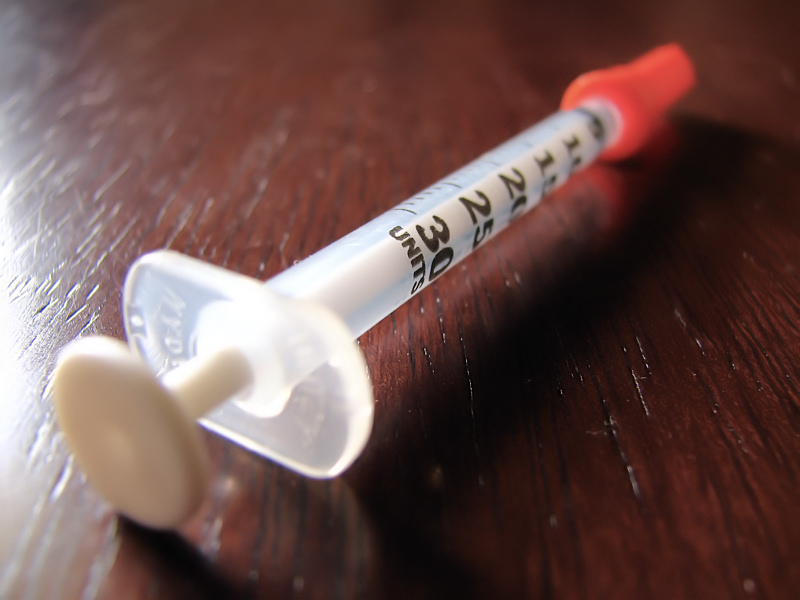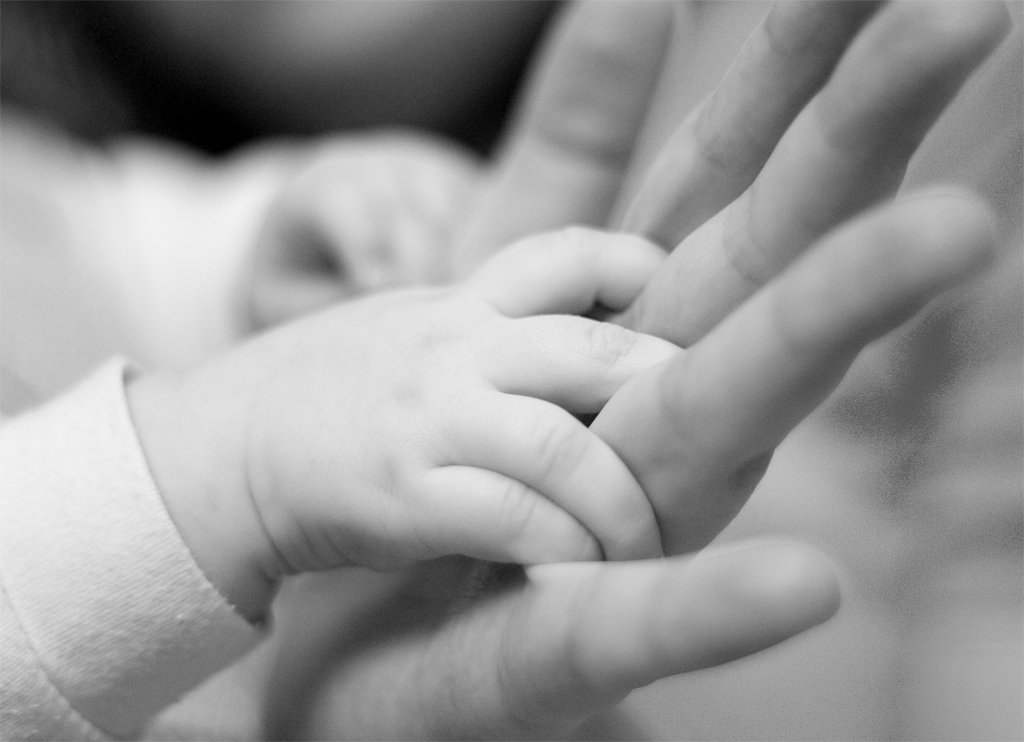I recently completed a rotation in endocrinology, and I learned valuable lessons about diabetes management in both the inpatient and outpatient setting. Today, I wanted to share a clinical pearl generally not discussed in lectures: Diabetic patients often gain weight because of the fear of hypoglycemia.
That’s right. The fear of hypoglycemia drives patients to eat a little more at meals. Let’s backtrack. Patients who have persistently elevated sugars are often started on insulin in addition to oral agents. Depending on their insulin regimen, patients may not eat enough after an insulin dose to prevent a drop in blood sugar. Patients who experience a hypoglycemic event try their best to prevent it from occurring again. This is understandable—fainting is scary and should not be taken lightly (pun intended).
The problem is that patients counteract this fear of hypoglycemia by either eating more after an insulin injection, or by exercising less. This impedes diabetes management. In addition to advising our diabetic patients to monitor their carbohydrate intake, we urge them to start some form of physical activity. Physical activity enhances the body’s insulin sensitivity—it gets to the core of the problem (insulin resistance) and improves overall cardiovascular health as well. But how can we encourage these lifestyle modifications if our patients are getting lightheaded after injections?
The answer: carbohydrate counting and education.
Not the answer: increasing insulin.
My attending explained that “increasing insulin” is actually what happens in some cases. For example, let’s say a patient named Sara comes in for her follow-up appointment and unknown to us, has “fear of hypoglycemia.” Sara brings her glucose meter, and the sugars are poorly controlled. Part of the reason for this poor control is secondary to a) eating more after an injection to prevent fainting and b) decreased physical activity to prevent fainting. Now, if we just treat her numbers, we would increase her insulin.
The lesson here is that one can’t just treat the number in medicine. Talking to the patient, even for a few minutes, will provide the story. Increasing the insulin perpetuates a viscous cycle, and breaking the cycle comes from better regimen management. Validating patient concerns about hypoglycemia and educating them on injecting based on carbohydrate intake is invaluable.
Photo Credit: Melissa Johnson






